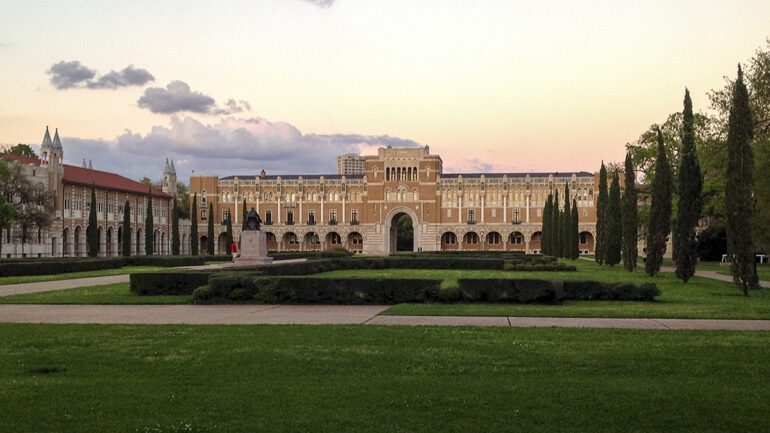TL;DR:
- Rice University researchers, Santiago Segarra and Ashutosh Sabharwal, have secured a grant from the Army Research Office to develop a machine learning framework for enhancing military communication network decision-making.
- The research has broader applications, including autonomous vehicles and cyber intrusion detection.
- Effective distributed decision-making is crucial in high-stakes military environments to avoid delays and vulnerabilities.
- The challenge lies in enabling nodes within the network to combine local data effectively and make optimal offloading decisions.
- The researchers aim to create a versatile actor-critic framework using deep learning to achieve rapid, adaptive decision-making.
- This innovative approach has the potential to transform military communication networks and beyond.
Main AI News:
In the realm of military operations, the need for rapid and effective decision-making is paramount. Picture a swarm of drones deployed for reconnaissance, capturing crucial photos and videos. The question arises: How can these drones process the vast amount of data they collect in the most efficient manner possible? Rice University’s Santiago Segarra and Ashutosh Sabharwal are at the forefront of answering this question with their groundbreaking research.
Santiago Segarra and Ashutosh Sabharwal have secured a prestigious grant from the Army Research Office, a directorate of the U.S. Army Combat Capabilities Development Command Army Research Laboratory. Their mission is to develop a cutting-edge machine learning framework that will revolutionize decision-making processes within military communication networks. However, the implications of their work extend far beyond the battlefield; their research has the potential to shape industries such as autonomous vehicles and cyber intrusion detection.
In the context of military networks, distributed decision-making is a critical necessity. As Sabharwal emphasizes, “In high-stakes, fast-paced environments, relying solely on a centralized decision-making process can result in delays, bottlenecks, and vulnerabilities.” The key to success lies in spreading decision and execution responsibilities across the network, facilitating rapid responses to evolving situations and adaptability to unforeseen challenges.
The primary challenge faced in achieving effective distributed network control is how individual units, or nodes, within the network aggregate local information into actionable knowledge. To illustrate, consider the example of drones tasked with machine learning tasks, such as object recognition from real-time visual data. These drones must adhere to predefined protocols specifying where and how the information should be processed, whether within the drone itself (with its limited resources) or offloaded to headquarters via wireless connections.
The optimal decision-making process hinges on numerous factors, including data size, sensitivity, task complexity, and communication network congestion. Rigid decision-making protocols can hinder the network’s ability to respond swiftly. Sabharwal and Segarra aim to overcome this challenge by developing a novel distributed machine learning architecture that empowers nodes to combine local data effectively.
Their overarching goal is for the swarm of drones, or any network, to make collectively optimal offloading decisions in a distributed manner, without relying on a central authority. To achieve this, they will craft a deep learning framework wherein two graph neural networks interact: the actor neural network makes offloading decisions, while the critic assesses their quality. Through iterative training, their aim is to create a versatile actor capable of making rapid, adaptive decisions across a broad range of scenarios.
Santiago Segarra, an assistant professor of electrical and computer engineering and statistics at Rice University, and Ashutosh Sabharwal, Rice’s Ernest Dell Butcher Professor of Engineering and chair of the Department of Electrical and Computer Engineering, are leading the charge in reshaping military communication networks and beyond. Their innovative approach to distributed decision-making has the potential to redefine how networks process information and adapt in our increasingly dynamic world. Stay tuned for further developments in this transformative field of research.
Conclusion:
The groundbreaking research by Rice University’s Santiago Segarra and Ashutosh Sabharwal has the potential to transform military communication networks and influence various industries. By enhancing distributed decision-making processes, this innovation can lead to more agile and efficient network operations, offering significant advantages in both military and civilian applications. Businesses should closely monitor developments in this field to harness its potential for improving decision-making within their own operations.

